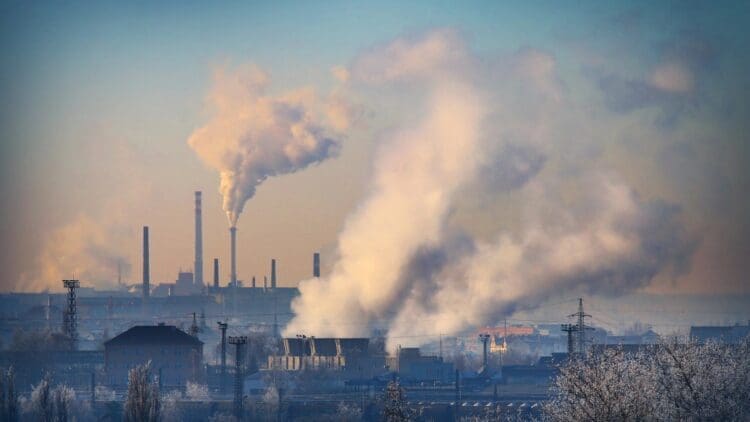In a recent report from the IEA, methane emissions from EU coal mines fell, easing the concerns over upstream leakage, which has been a major concern for the upstream sector in recent years. The world has begun the initial phase-out of coal across several countries; however, the phasing out of the conventional energy sector has resulted in a new risk for the sector, methane leakage. Methane is leaked from old coal mines that are no longer in operation or do not have significant methods for capturing the emission, resulting in substantial leakage issues across the sector.
The European Union recently adopted the EU Methane Regulation, which aims to reduce methane leakage
The world is working hard to realize the future that the EU and other organizations are aiming for. The world has taken significant steps towards decarbonization thanks to the phasing out of the conventional coal sector.
While the vast majority of nations have welcomed the new approach to the energy sector and have invested huge amounts of cash and resources to fast-track the apparent transition to renewable energy, one factor that has not been addressed and remains stagnant is how to deal with methane leaks from abandoned coal mines.
Unlike coal mines that are still operating, abandoned plants often go without regular inspections and maintenance to ensure that methane leakage does not occur. Emissions of methane from outdated coal plants can persist for decades after the plant has closed its doors. To reduce this, the EU recently adopted the EU Methane Regulation aimed at addressing the leakage problems.
For the first time, the EU is directly addressing the issue of methane leakage from closed coal mines
The EU adopted the Methane Regulations in May of this year, in which the EU notes several key steps that member nations need to undertake to meet the goals set out by the EU. Among the requirements are the following:
- By August 5, 2025, all Member States are required to publish a public inventory of closed and abandoned underground coal mines where operations ceased after 3 August 1954.
- From May of next year, these sites’ methane emissions must be directly measured.
- By 5 February 2027, Member States are required to develop and implement a mitigation plan for these mines.
- Finally, by the first day of 2030, venting and flaring from AMM capture equipment will be strictly prohibited.
In 2018, the IEA noted that 40MT of methane leaked from global operational coal mines, which led the EU to establish the guidelines for dealing with AMM, or Abandoned Mine Methane levels. The upstream energy sector has seen significant increases in power demand, raising concerns over leaked methane levels across the sector.
What is promising for the sector is that methods to capture methane from old mines exist, and could serve the industry as a great form of alternative economic opportunities, as methane can be trapped by flooding mines, or captured and used to power homes and industry.
As the world will continue its reliance on coal for the foreseeable future, dealing with methane leaks is a major concern
The world is currently enthralled by the transition away from fossil fuels in favor of the renewable energy sector. And as such, the reliance on coal as a sustainable energy source will come to an end. When that might happen is up in the air, as several nations have granted coal sites the right to continue operations into the future. Methane leakage is an issue that requires significant input from member states in the European Union in order to address the problem. If that can happen, the rest of the world can copy and paste the example set by the member states of the EU.





